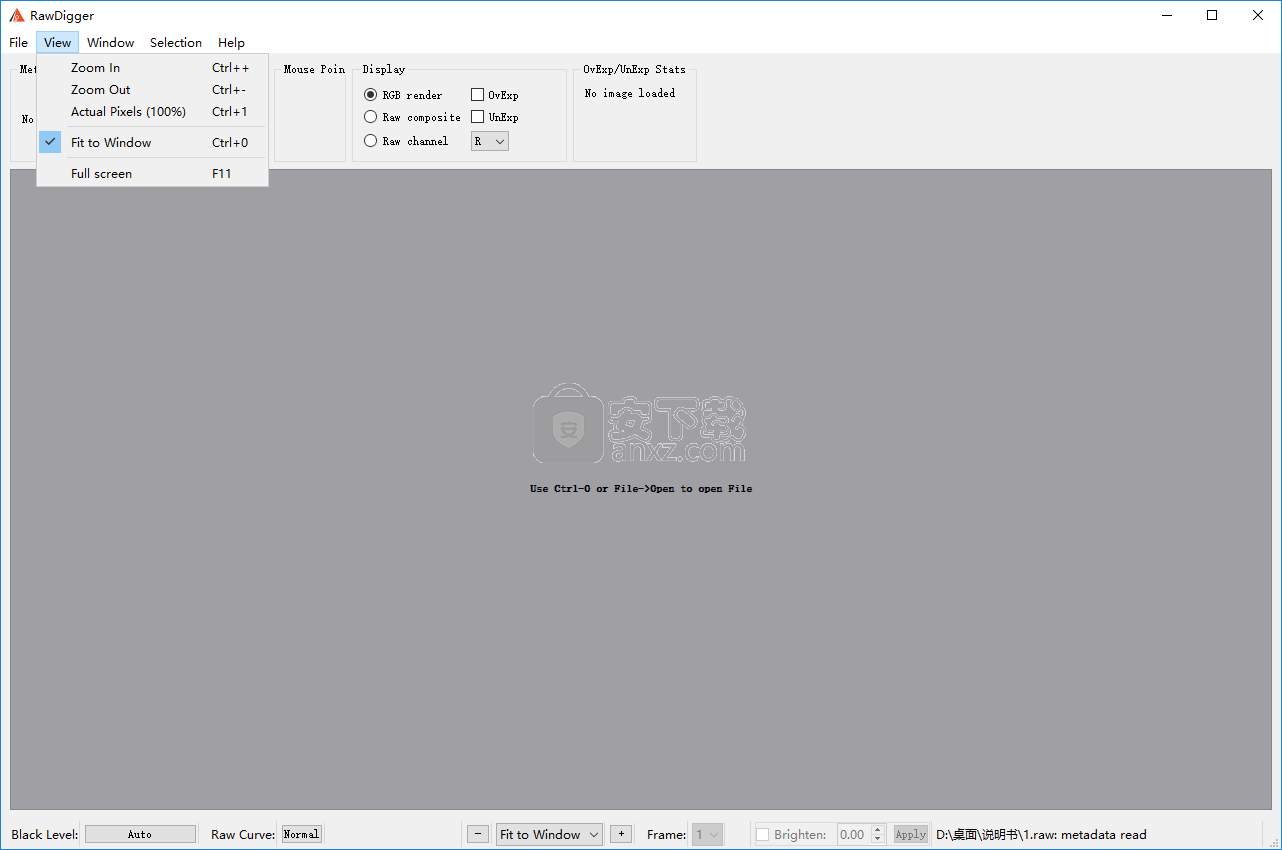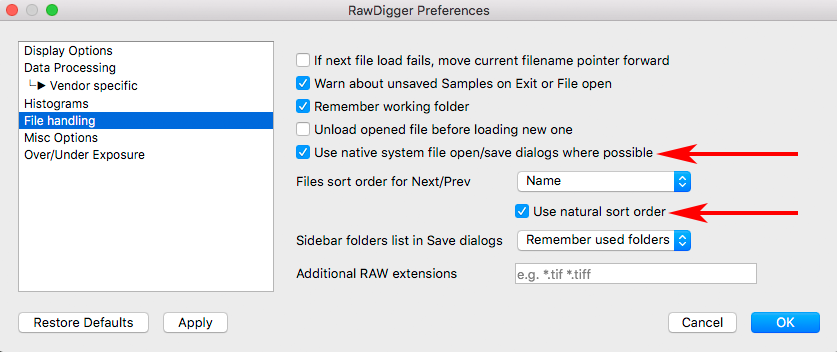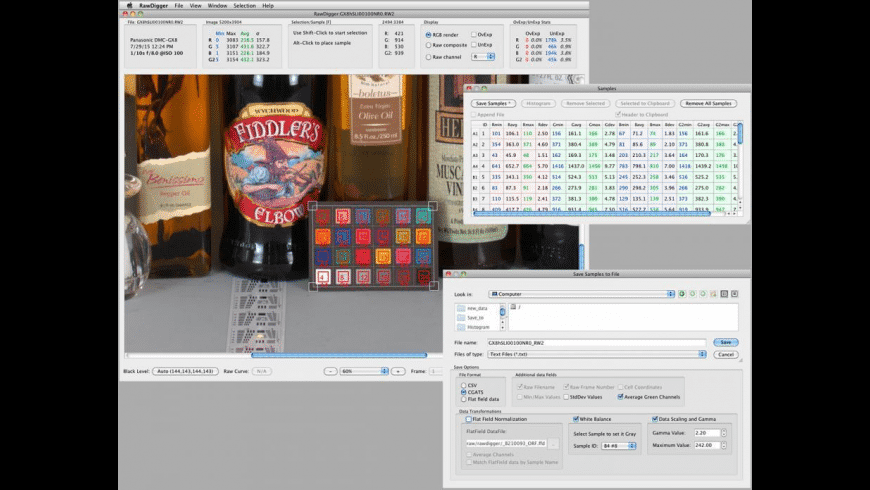

- PROFESSIONAL RAWDIGGER HOW TO
- PROFESSIONAL RAWDIGGER MANUAL
- PROFESSIONAL RAWDIGGER ISO
- PROFESSIONAL RAWDIGGER TV
PROFESSIONAL RAWDIGGER MANUAL
Depending on the conditions, it may be necessary to shift up to +1, maybe even +1.5.įor those who are comfortable with the exposure triangle (ISO, shutter speed, aperture), you can, instead of using exposure compensation, switch to Manual mode (M) and choose the settings that suit you best to get your histogram to the right. Repeat this several times, shifting several notches to the right at worst.Shoot your photo again, and you’ll see that your picture will be clearer,.shift the small cursor to the right of zero (to +1/3, +2/3 or +1),

Then you just have to use positive exposure compensation, i.e. For Canon, you have to press the “Q” button to access the menu settings. If the histogram is too centered (and therefore not far enough to the right), you’ll have to use what’s called exposure compensation.
PROFESSIONAL RAWDIGGER TV
If you are using semi-automatic modes (Av / TV for Canon cameras), the handling will be as follows: You can then use this technique in either semi-automatic or manual mode. Concretely, you only have white areas and you won’t be able to recover anything in post-processing in terms of details.įirst of all, you should already be looking at your manual to know which button you need to press to display the histogram of your photo (it will often be the INFO or DISP button). If it is the case, it simply means that your photo is largely overexposed and that you have therefore lost all the information in the white areas. Beware, the histogram must not be entirely pushed to the right, or cut on the right. I should point out, that no matter if you use a DSLR, mirrorless camera or compact camera, the histogram is always there (although I don’t know many people who shoot in RAW on a compact and edit their pictures!).Īs mentioned before, the goal is to slide the histogram to the right.
PROFESSIONAL RAWDIGGER HOW TO
We come back to this below.Īfter having seen the detailed numbers and the interest of “shooting to the right” as we say, let’s now see how to put it in practice on your camera. If you are already in difficult conditions, and depending on your equipment, this technique is not recommended. This technique is particularly interesting when you have contrasting scenes with large differences in brightness (for example in landscape photography). The more you expose your photo to medium or dark tones, the more you lose information and destroy the quality of your image in reality. Keep in mind: “I recover a maximum of information for my post-processing on the computer”. I also wrote a complete article on how to shoot indoors and low light photography, are you interested? In the latter case, the appearance of noise will be much greater. Indeed, it will be much easier to retrieve information in the bright areas of the image (by underexposing them) than to look for information in the black areas (by overexposing them).

The general idea with this technique is therefore to limit the appearance of shadows or black areas as much as possible and to focus your photo on the right part of the histogram.
PROFESSIONAL RAWDIGGER ISO
If you are new to photography or have read the article on ISO sensitivity, you should know that photos taken in low light and often at high ISO, are subject to the appearance of digital noise, which results in a very unattractive effect in photos. PS: this is a picture to illustrate what I’m saying, not a masterpiece! Even though the image may look very bright, on the sky, it shows much more information and detail in the dark areas of the image, especially on the slope in the foreground. The proof is that it is heavier by “2.3 Mb”. However, the picture on the right shows much more information than the one on the left. Both pictures show a correct exposure and no white areas were overexposed. The first one where the exposure was made with my Av semi-automatic mode and the second where I increased the exposure compensation by +1. Simply put, you can capture a lot of information when your picture is bright and almost nothing in the shadows or black areas.Īs proof, I did the test of taking two pictures. Once again, what does this mean concretely? You will simply get more data recorded in the highlights than in the midtones or even black tones. The remaining half is then allocated to the neighboring shades, etc. In fact, about 50% is allocated to the highlighted area (the area to the right of the histogram). The important thing to remember is that luminosity levels are not distributed evenly on a histogram.


 0 kommentar(er)
0 kommentar(er)
